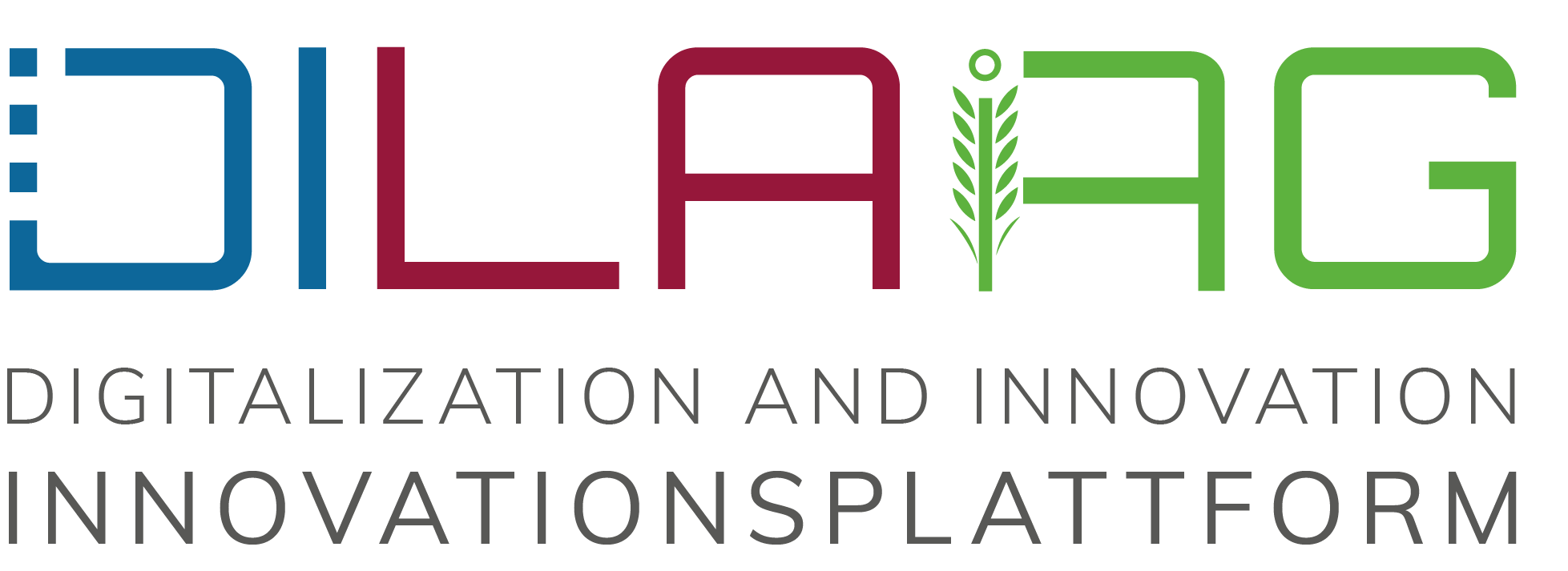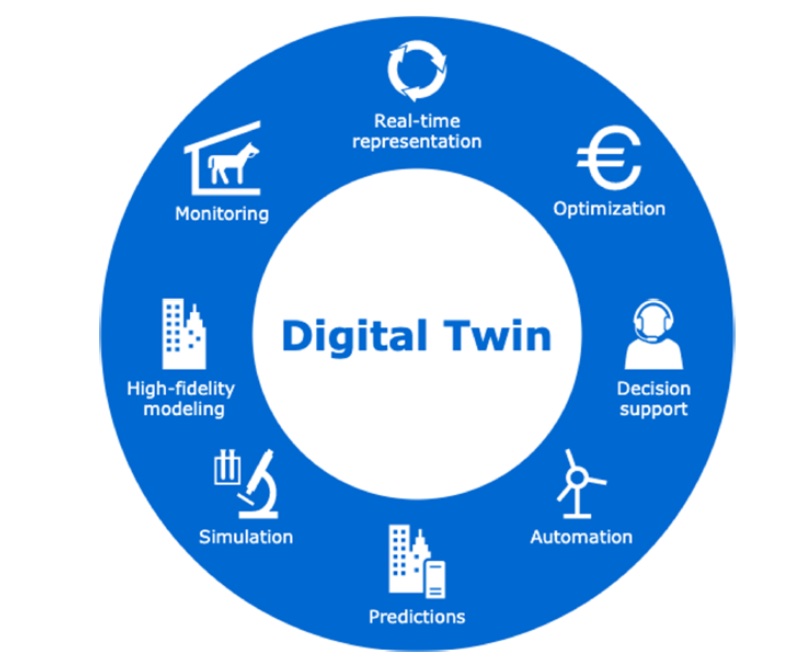The announcement of 4th agricultural revolution or ”Agriculture 4.0” in academia and industry has brought the promise of digitization, technological advancement and increased efficiency to agriculture [1]. While Industry 4.0 has spurred on significant advancements in, and strides towards digitization for manufacturing, medicine and logistics. Benefits of this latest revolution have yet to be fully realized in agriculture, yet digitization is becoming visible as stakeholder leverage new technologies and concepts such as Smart Farming, Precision Livestock Farming and recently the Digital Twin [2–5]. The Digital Twin can be described as a dynamic approximation of an entity in virtual space, continuously updated through the collection of data, models and simulation [6, 7]. It provides a novel means to achieve digitization through high-fidelity modelling, classification and forecasting [8], with Gartner [9] listing it as a strategic technology. Manufacturing, Smart cities, Health and Agriculture are just a few areas which are realizing the benefits of adopting the Digital Twin, albeit at differing levels of progress [10]. Additionally, the concept has been supported by developments in Cyber-Physical systems (CPS), Internet of Things and Artificial Intelligence, coupled with the increasing examples of there usage within Digital Twin application. In this context, the DiLaAg consortium is investigating the Digital Twin, in a effort to leverage it benefits, while assessing the requirements, limitations and preconditions for developing and adapting the concept for agricultural application. Therefore, a Systematic Literature Review (SLR) (found here) was conducted and provides the initial step toward achieving these goals by analysing state-of-the-art research on Digital Twins in Agriculture, creating a solid basis for future work by the consortium.
Neueste Beiträge
Archive
- Dezember 2022
- September 2022
- August 2022
- Juli 2022
- Juni 2022
- Mai 2022
- April 2022
- März 2022
- Februar 2022
- Januar 2022
- Dezember 2021
- November 2021
- Oktober 2021
- September 2021
- Juli 2021
- Juni 2021
- Mai 2021
- März 2021
- Februar 2021
- November 2020
- Oktober 2020
- September 2020
- Juli 2020
- Januar 2020
- Oktober 2019

